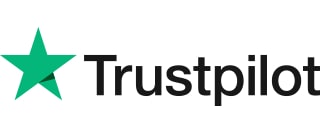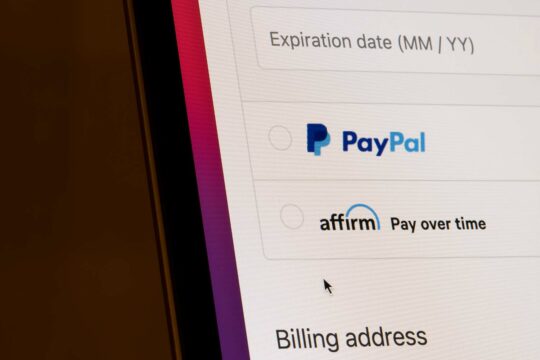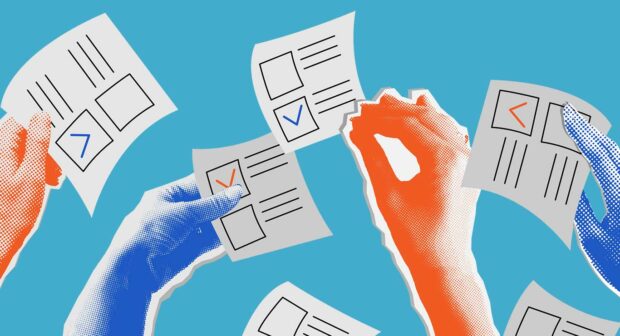A recently released survey shows credit cards give Gen Z “the ick.” But why exactly?
The company Cash App Afterpay asked over 5,000 adults about their money habits. They found that people 28 and younger associate credit cards with “hidden fees, high interest rates and financial stress.”
So, these young adults are switching to alternative payment methods like “Buy Now, Pay Later,” with almost two in five saying they use them weekly.
BNPL seems “more transparent” to Gen Z
More than half of Gen Z respondents said BNPL helps them manage their money more easily than credit cards.
These services typically offer set repayment terms, fixed installments, and little or no interest upfront. Compared to revolving credit with variable minimum payments and APRs averaging around 24%, the predictability of BNPL can feel like a relief to the generation.
“Certainty and predictability can help reduce worry and anxiety,” Lindsay Bryan-Podvin, Cash App Afterpay’s Financial Therapist, tells Debt.com. “BNPL is a more modern, flexible solution aligned with how they want to manage their money.”
The convenience doesn’t hurt either. Most BNPL services are built right into online checkout, come with soft or no credit checks, and deliver instant approvals, letting users complete their purchases within seconds.
“BNPL reflects a broader shift in how Gen Z thinks about financial wellness,” adds Bryan-Podvin. “This generation prioritizes autonomy, transparency, and simplicity in every aspect of their lives, including how they spend. BNPL aligns with that mindset by offering structure and flexibility without the emotional baggage many associate with credit cards.”
But not everyone’s convinced this trend is a win.
“Credit card debt is such a problem in this country that it’s so easy to swipe your card. Heck, you don’t even need it with you to shop online,” Dvorkin says. “I fear BNPL will do the same thing. The convenience will hurt many more people than it will help.”
The debt looks different, but the damage is familiar
A recent Bankrate survey supports Dvorkin’s concerns. It found that more than a third of Gen Z users have overspent using BNPL, and 1 in 4 have missed payments, often triggering late fees and penalty interest.
“Every new idea that makes it easier to borrow money drives millions of Americans deeper into debt,” Dvorkin says. “I’ve spent three decades helping people get out of it. This is just a newer form of the same trap.”
The generation is already struggling. According to a new poll for Newsweek, they carry the highest average personal debt, over $94,000. While much of that comes from student loans and medical bills, over half is attributed to credit card debt.
“The psychographics of ‘buy now, pay later’ may be different – people don’t think of it as debt – but it is,” says Mark Elliott, chief customer officer at financial services company LendingClub. “The reality is that the increased cost-of-living and inflation have put more people in a situation where they’re already relying on revolving credit.”
No matter how you pay, Dvorkin believes the main thing to focus on is how much we spend.
“I’m pretty old school,” he says. “If you can’t afford it, don’t buy it.”
His advice for avoiding debt overload, regardless of the payment method, is to take a hard look at your income, obligations, and goals. Then, build a realistic budget and stick to it.
If you can’t budget out of a debt problem, it may be time to call in the experts. Debt.com offers a free debt analysis when you call . One of our certified debt relief specialists will walk you through available options and help you find the best solution for your situation.












